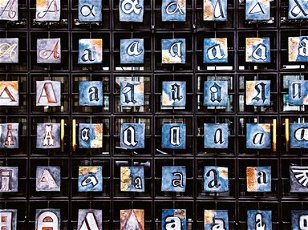23. What kind of work was indigo processing in colonial South Carolina -- hard, easy?
From Quiz Indigo: A Natural Dye Helped by Something Gross
Answer:
horribly stinky, potentially unheathful
Processing indigo required fermenting it, which produced an awful odor, which processors -- generally slaves -- had to be around constantly, even standing in vats to mash them down. John Woolman, an abolitionist Quaker, refused to weear dyed cloth, believing that slaves suffered health damage while dying it. James Roberts, a Revolutionary War soldier, wrote, "Such is the effect of the indigo upon the lungs of the laborers, that they never live over seven years." However, historians failed to find a statistical correlation with a shorter lifespan or more diseases, though all agree the smell is awful, and further work may point out health problems. (Credit to "The Devil's Blue Dye: Indigo and Slavery" by Jean M. West)















 Quick Question
Quick Question
 A Well Rated Quiz
A Well Rated Quiz